Converting a camera for astrophotography is desirable to extend the deep red response of the camera to record better red emission nebulae that are abundant in the night sky. When hydrogen gas is excited in space, it emits deep red light at 656nm or the H-alpha line. Normal digital cameras can pick up this light, but it is towards the longer end of the visible spectrum. The stock low pass filters in cameras begin to slope down at this end of the spectrum, so the amount of H-alpha light that passes to the sensor can be reduced by 75% or more.
In astrophotography, signal and light are everything. To get the best possible images, we want the most light in all useful wavelengths, particularly H-alpha. The Sulfur II line is a bit higher still at 672nm, and conversions will also increase response there, but H-alpha is generally much brighter and more abundant.
There are two types of camera conversions that can unlock the camera’s full potential for astrophotography: full spectrum and astro or H-alpha conversions. Full spectrum conversions remove the original camera filter and replace it with clear glass to allow all wavelengths of light to pass from UV to near-infrared. The H-alpha and S-II lines fall within this range before infrared starts, so a full spectrum conversion is also useful for astrophotography.
Astro Conversions
An astro conversion replaces the stock lowpass filter with one that allows all light up to the deep red range, then abruptly cuts off before near-infrared starts. At the other end of the spectrum, it blocks UV. Astrophotography conversions, as the name implies, are aimed toward astrophotography only. They do exactly what you need to enhance your camera for astrophotography and nothing more. It is still possible to use an astro-modified camera for regular terrestrial astrophotography by adding an additional screw-on or clip-in hot mirror filter to restore the original white balance.
Unlike a full spectrum conversion, it is possible to use an astro-modified camera to take normal photos without additional filters by setting a custom white balance. The camera’s auto white balance will no longer work properly, but setting custom white balances depending on the lighting conditions will allow you to take comparable photos to a stock camera or one with an external hot mirror filter. The main drawback is it requires setting a new custom white balance each time the lighting conditions change.
Full Spectrum Conversions
Full spectrum converted cameras can be restored to normal function with external or clip-in hot mirror filters. The benefit of a full spectrum conversion is the versatility of shooting infrared or UV photography as well. I first got a full spectrum camera because I wanted to do infrared photography. It was only after I got more into astrophotography that I realized the converted camera was useful for that too.
Full spectrum cameras do have some drawbacks compared to dedicated astro-converted cameras. To get the same functionality of an astro-modified camera, you need to add an h-alpha filter that blocks infrared and UV light—this is the filter used on the sensor for an astro conversion. Your options for most cameras are screw-on lens filters and clip-in filters. Both can present challenges and introduce optical aberrations under certain circumstances. The best solution to work with all lenses and cameras and achieve the best performance on stars is a dedicated astrophotography conversion, eliminating the need for an additional filter.
Another potential challenge with full spectrum conversions is that many modern lenses have internal IR LEDs that can contaminate night sky images. I went crazy for a while with one of my lenses, trying to figure out what was going on in some of my night photos with these pink streaks before I figured out that my lens had an IR LED problem. Astro conversions can prevent most of that issue by blocking any IR leaks from lenses.
Does a full spectrum conversion offer any unique benefits specific to astrophotography? Maybe, but they are limited. A full spectrum conversion effectively increases the amount of light getting to the sensor by about two stops of light if you shoot unfiltered. This can be a benefit at night when you want more light without using a star tracker.
Initially, I experimented with this and shot full spectrum Milkyway nightscapes. It produces some vibrant and interesting colors, though they look very unnatural. This can be fun for a bit, but it is impossible to correct full spectrum night sky colors to look normal. Chromatic aberration on stars will also be much worse in full spectrum. For these reasons, I have moved away from it for Milkyway photography and now prefer the more natural look of an h-alpha conversion.
There is still some creative potential to use infrared photography at night. I have recently experimented with infrared star trails on moonlit nights with some cool effects. I’ve tried infrared-only Milkyway photography, too, and it has the benefit of cutting out a good amount of light pollution. Otherwise, I wouldn’t really recommend it since the overall light getting to the sensor is significantly reduced, and there is not much benefit.
The bottom line is if you are mainly or exclusively interested in astrophotography then a dedicated astrophotography conversion is the right choice. If you have a primary interest in infrared photography and think you may also want to try some astrophotography in the future, then a full spectrum conversion makes sense. Full spectrum conversions are a great choice for infrared photography, and you can benefit from an astro-modified camera with some additional filter options.
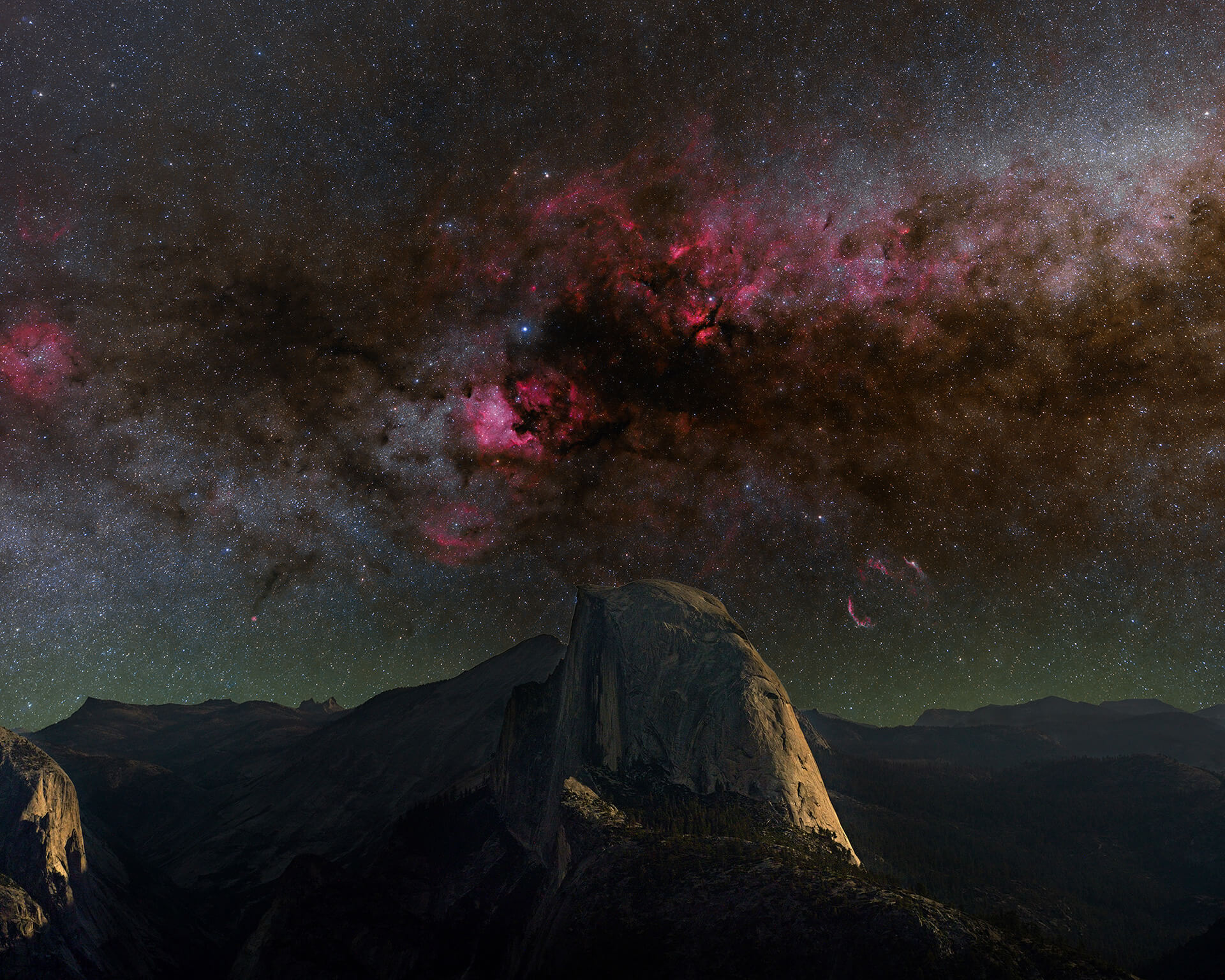
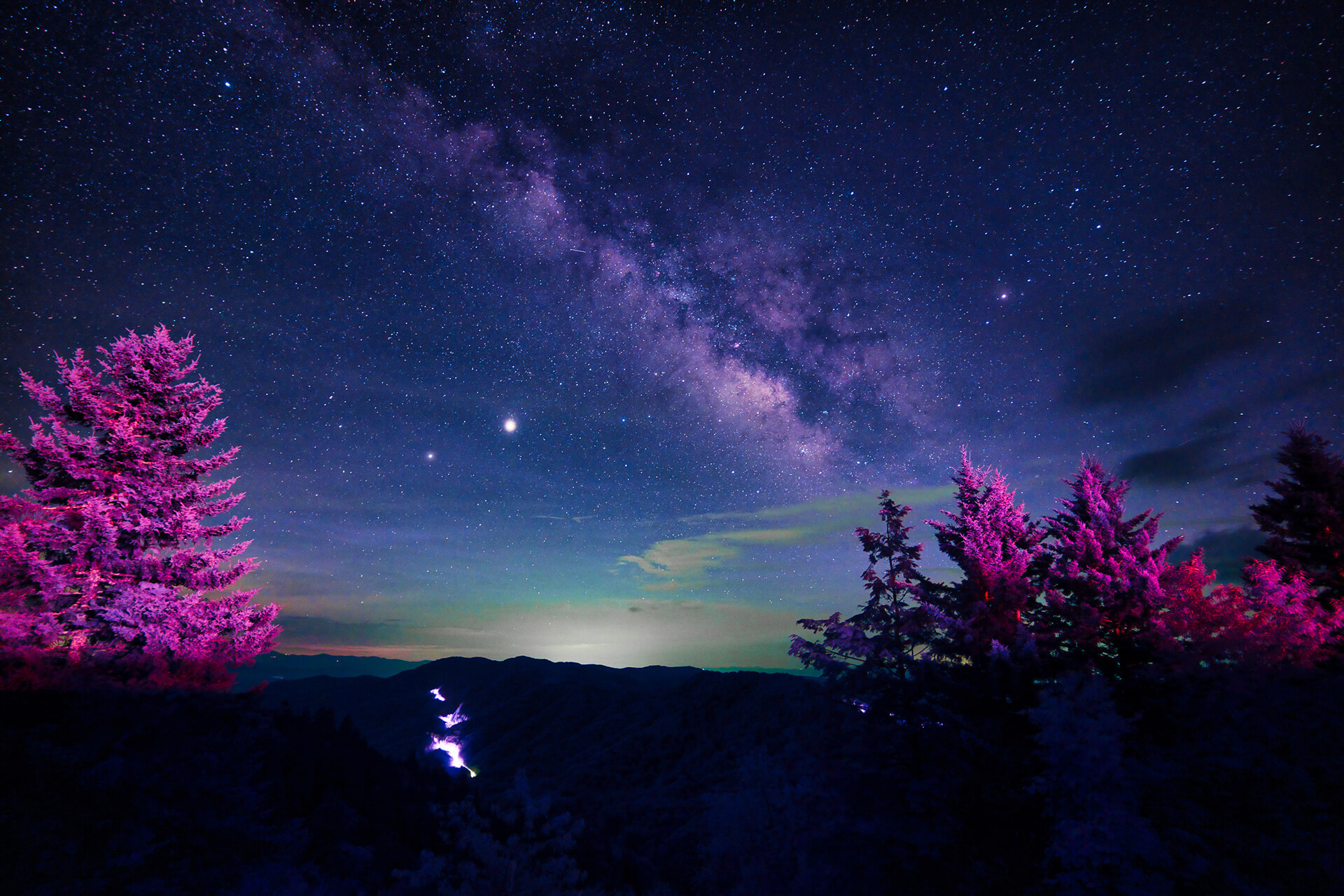
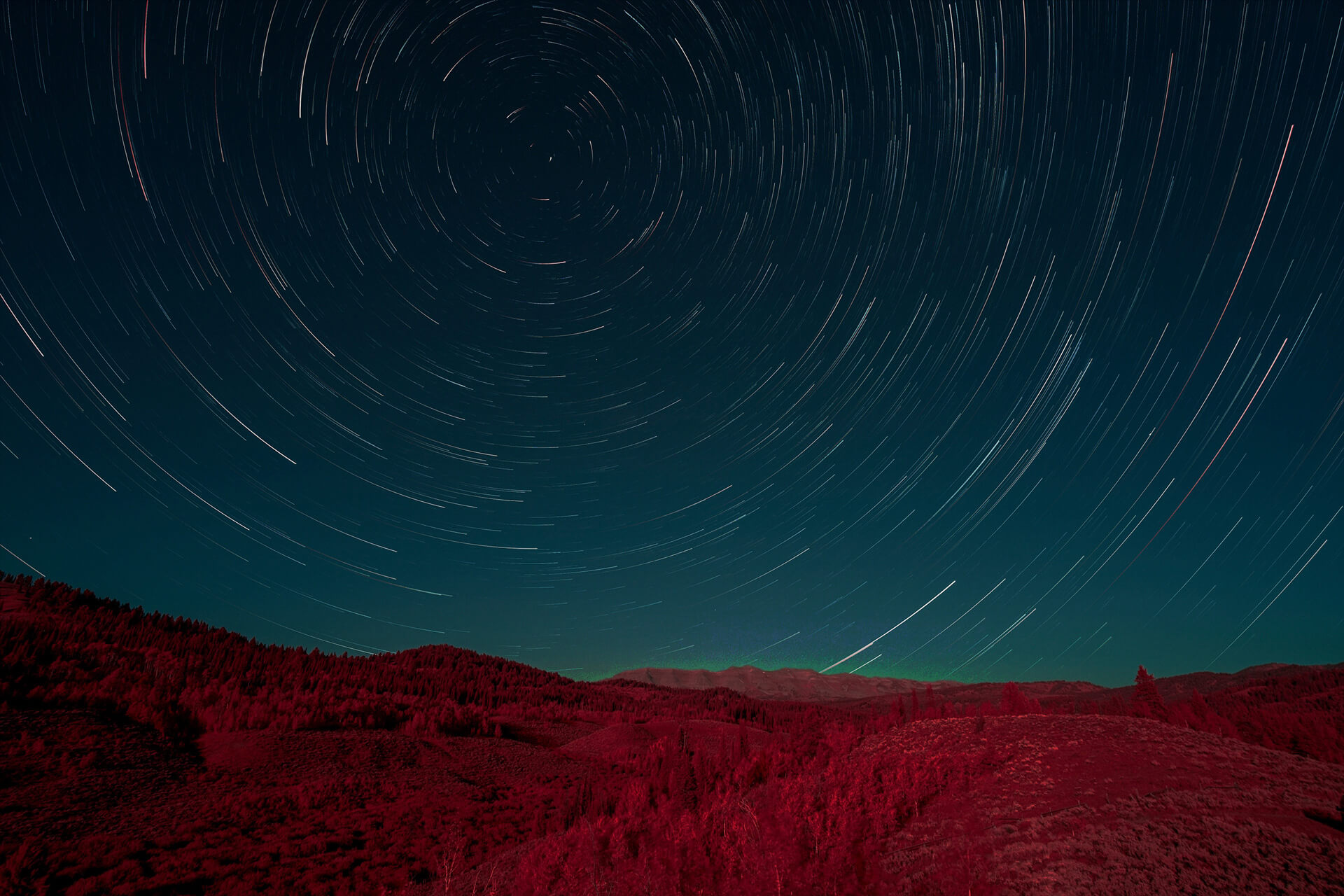
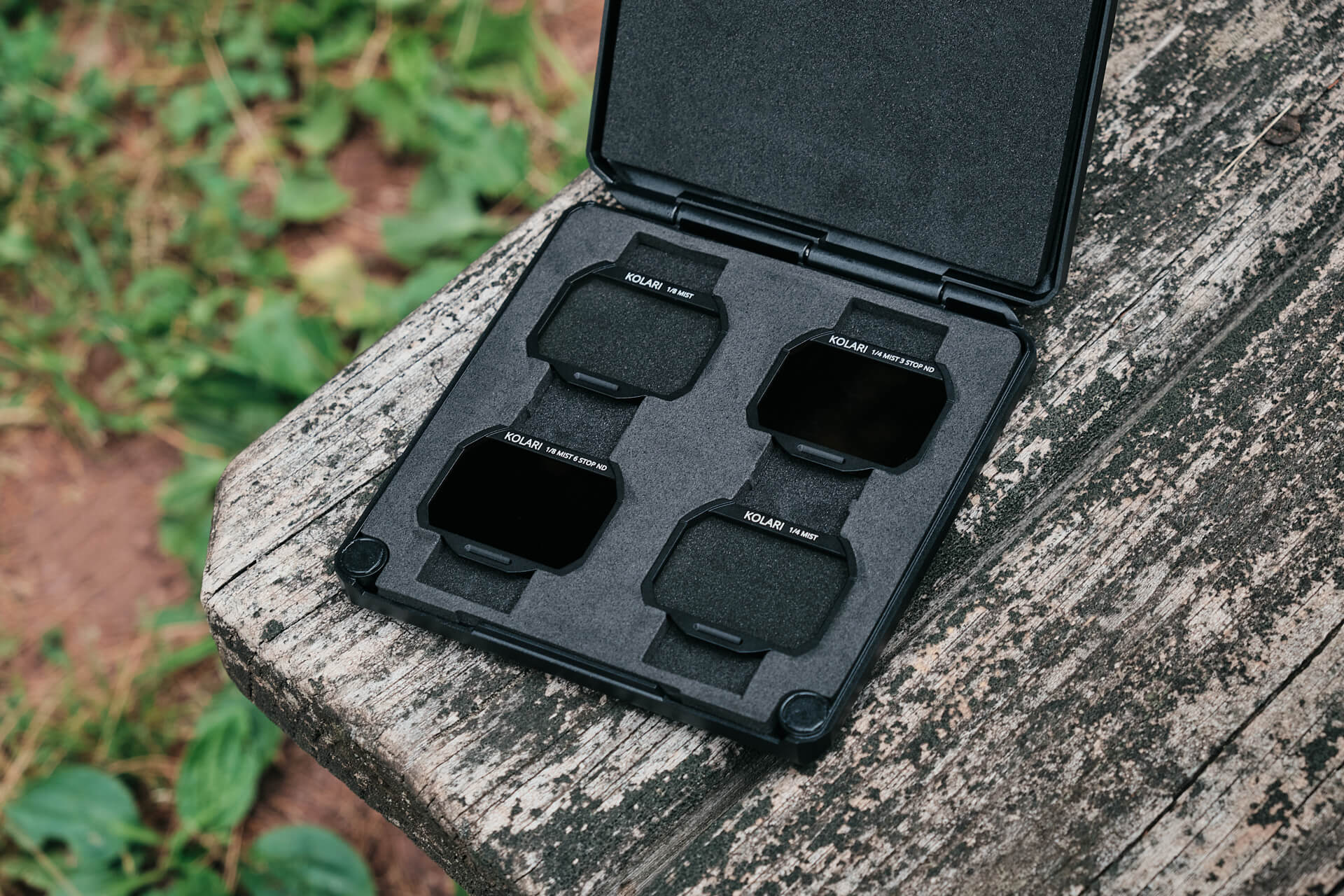
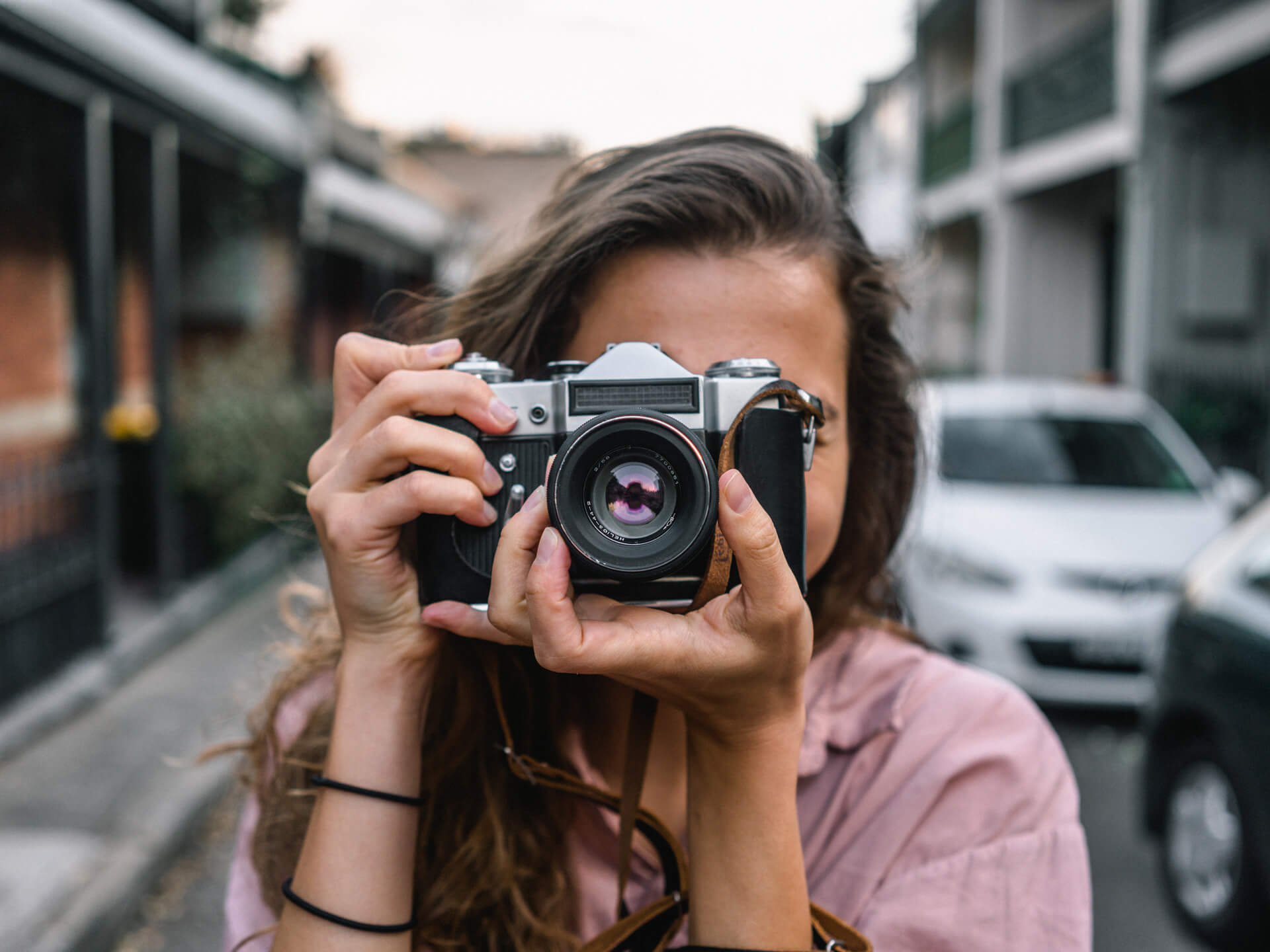
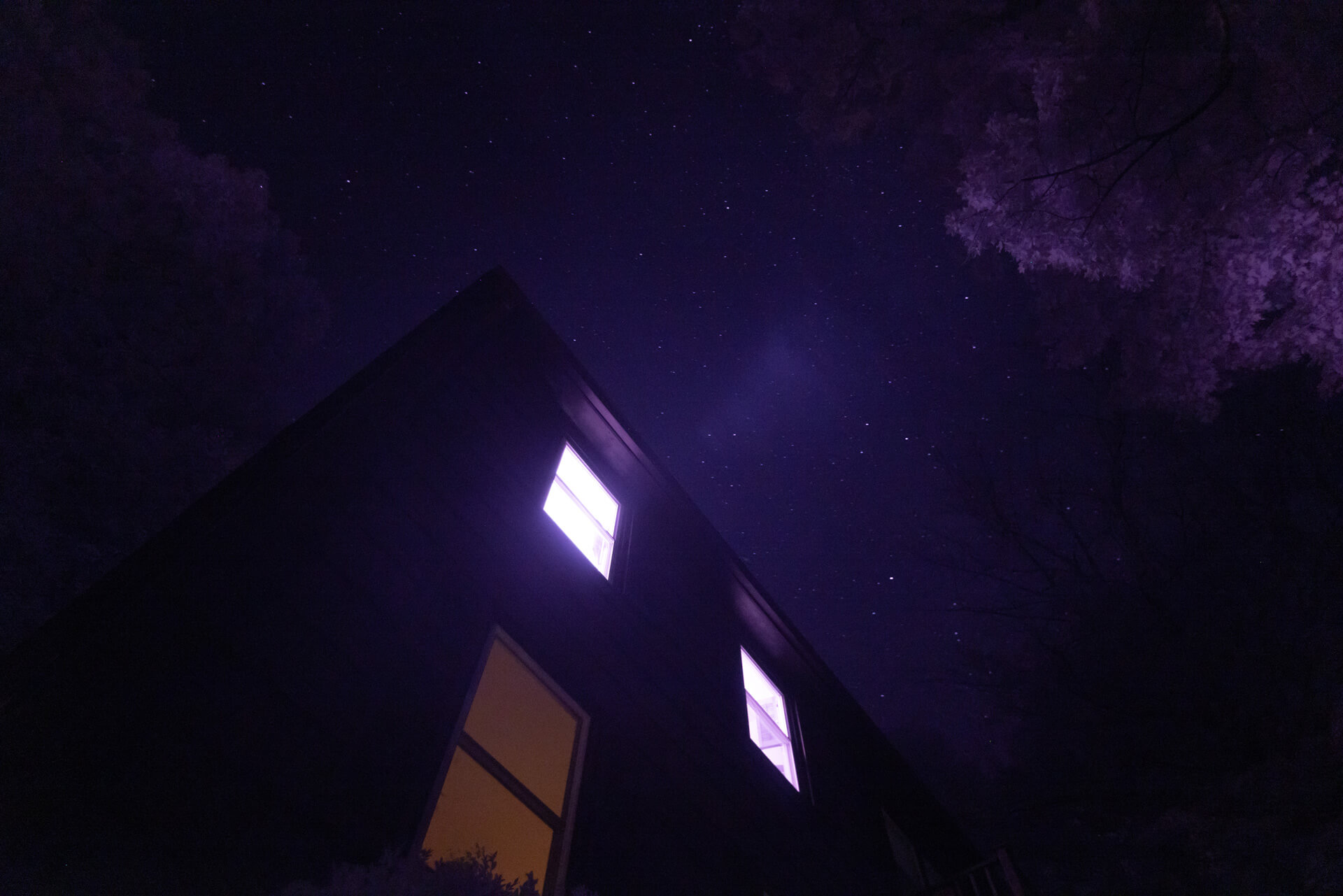
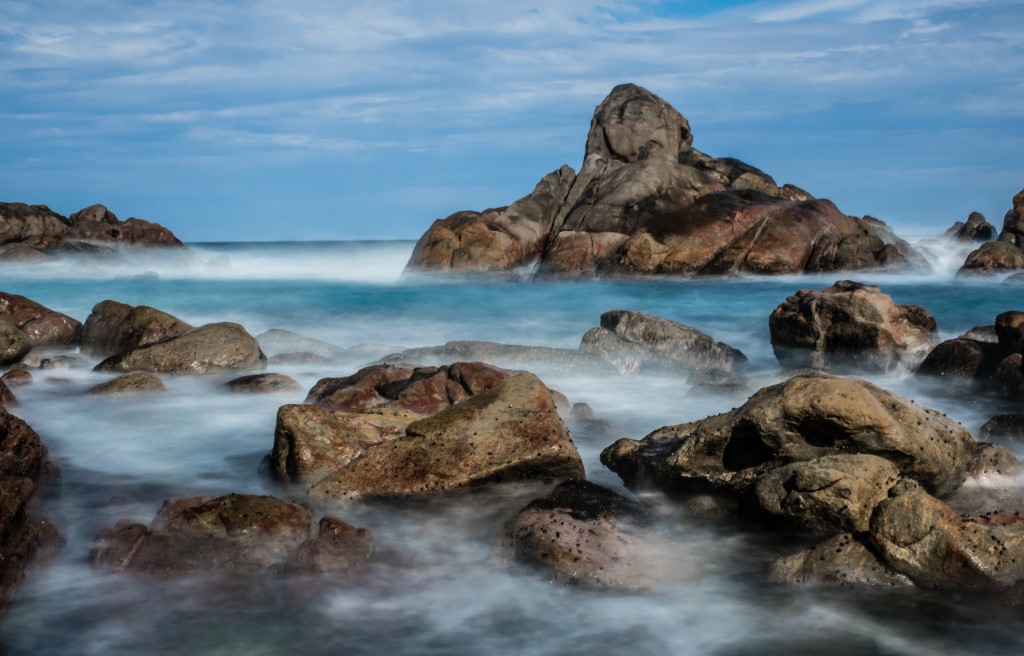





One Response
Awesome article! Love it
Got the answer I need 👍🏻
Thank Jason